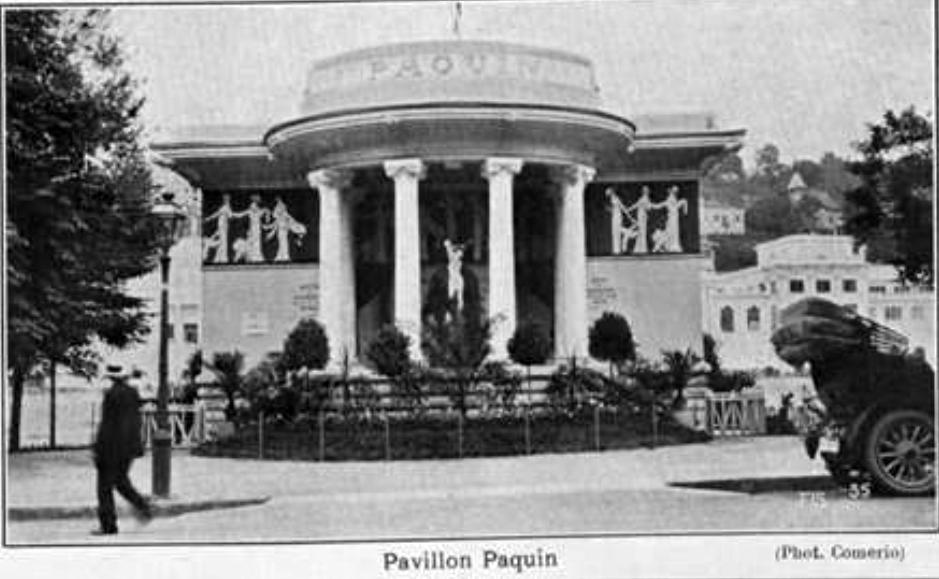Fashion Design
At the beginning of 20th century, Italy, and the North-Western portion of the country in particular (where the largest textile industries were located), began to define its national fashion style as distinct from the dominant haute couture coming from Paris. The Exposition of Turin 1911, with the Pavilion of Fashion, was the space where Italy developed its own narrative about "moda," or fashion. The arrangement of the exhibition was curated by Giorgio Ceragioli, Giovanni Giani, and Oreste Pizio who displayed, in lavish settings, hundreds of mannequins dressed by the most important Italian Fashion Houses. Ceragioli, Giani and Pizio's dioramas recreated the dining room, buffet room, boudoir, and grand salon of an aristocratic home and its inhabitants. In addition, the Pavilion displayed a beach scene, a foxhunt scene, and a patinoire. Each location provided the elegant backdrop for the presentation of new designs, fabrics, and accessories.
The magazine La Donna, a bimonthly supplement to the Turinese daily newspaper La Stampa, devoted several articles to the Pavilion of Fashion. A reporter by the pen-name of La Baronne, in an article entitled "La moda attraverso le sale del Palazzo della Moda" (Fashion through the Salons of the Pavilion of Fashion) wrote that the Pavilion provided a complete review of the fashion of the day as designed by the "grandi sarti di Torino" (great tailors of Turin). Among these couturiers, the Ditta Sorelle Costa stood out for the originality of its designs, quality of fabrics and materials, and mastery in execution.
References:
Gnoli, Sofia. The Origins of Italian Fashion: 1900-45. London: V&A Publishing, 2014.
Related Built Environment Objects
Related Protagonists
Related Archival Material




